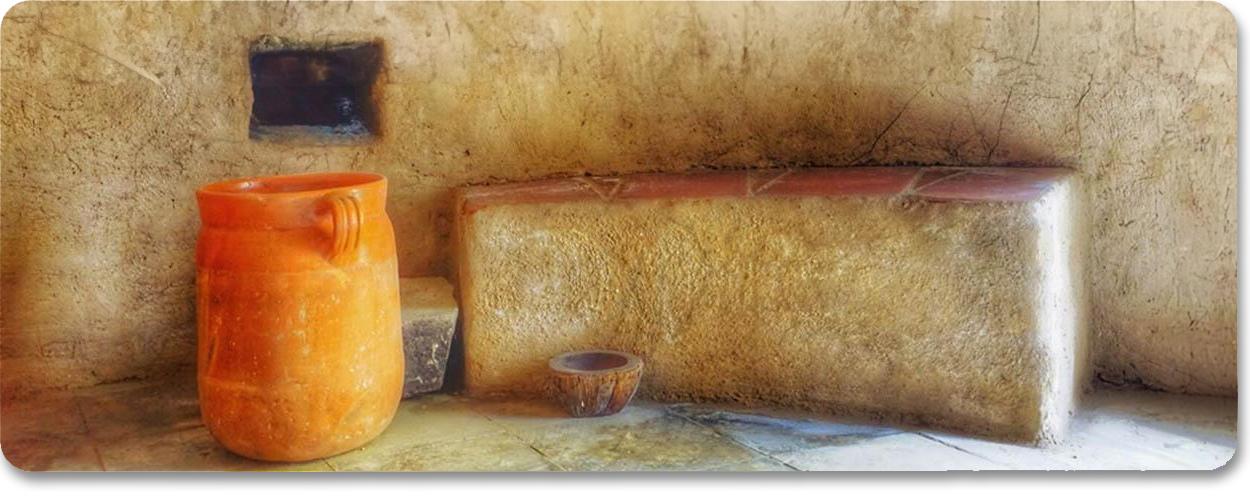
The History of Bathing with Heat and Steam
Since the times of the ancient Greek and Roman Empires, man has relished in the physical and psychological rewards obtained from multi-sensory bathing. The restorative and curative powers of hot springs inspired early bathing enthusiasts to integrate heat, steam, and aroma to create a cathartic experience, one that would be savored by the enlightened few for centuries.
Beyond merely places of cleansing, the enormous and sophisticated baths created by the Romans became extravagant rendezvous for families and communities to enjoy therapeutic moments of rejuvenation, peace, and solace. In these elaborate complexes bathers would luxuriate in a series of experiential baths, from the ultra-hot caldarium and laconicum to the cooling pools of the frigidarium, emerging refreshed and revitalized.
Roman baths, in turn, inspired the Turkish hamams and Russian banyas. These breathtakingly opulent thermal baths furthered the art form, employing intense heat and steam for purification of the body and spirit. After cleansing impurities in the hot rooms, bathers would take an exhilarating plunge into a pool of cold water, awakening the senses and soul. In addition to the structural similarity with the Roman and Greek baths, these facilities shared the social attribute, in that they were community wellness centers where friends, neighbors, and families could enjoy a respite from their busy schedules and everyday stress.
Amazingly, across the Earth, ancient Mayans in Mesoamerica made the same discoveries and revelations. Ritualistic cleansing expunged toxins and impurities in sweat lodges known as temazcals. Not only did these baths share the concept of bathing with heat as the Europeans had, they were also spaces in which families and friends could congregate and participate in the wholesome pleasures and benefits imparted by the experience. They even employed a stimulating shock of cold water after bathing as the other civilizations had.
In medieval Japan, bathing played an integral role in the religion of Buddhism which paralleled closely with their fundamental principles of purity. Each Buddhist temple traditionally included a bathhouse (yuya) which became open to the public. These fortunate Japanese bathers enjoyed rock pools (iwaburo), furnace baths (kamaburo), and later steam baths (mushiburo).
In ancient Finland, the use of sauna bath houses played a crucial role in the everyday lives of locals - and still does. Saunas were an extremely important as a place to relax with friends and family, as well as a place for physical and psychological solace and relaxation. Finns would also use a cold plunge after a hot sauna by submerging nearby icy lakes and rivers to stimulate the body following each bathing session.
It was no coincidence that these diverse cultures across the world came to the same realizations, many of them completely independent of the other. Enhanced bathing and the blending of heat, aroma, light, and steam resulted in tangible health benefits and a higher quality of life. Unfortunately, in most parts of Medieval and modern Europe, access to bathing virtually disappeared and was confined mostly to the very wealthy, who bathed at home. The state of public health and cleanliness throughout this time is well documented, as neglected hygiene contributed to widespread ill health and disease.
It was not until the mid-nineteenth century that physicians would again come to realize what the ancients understood centuries before— that cleanliness and personal hygiene were essential to good health and well-being. Bathtubs and showers would gradually become more prevalent.
